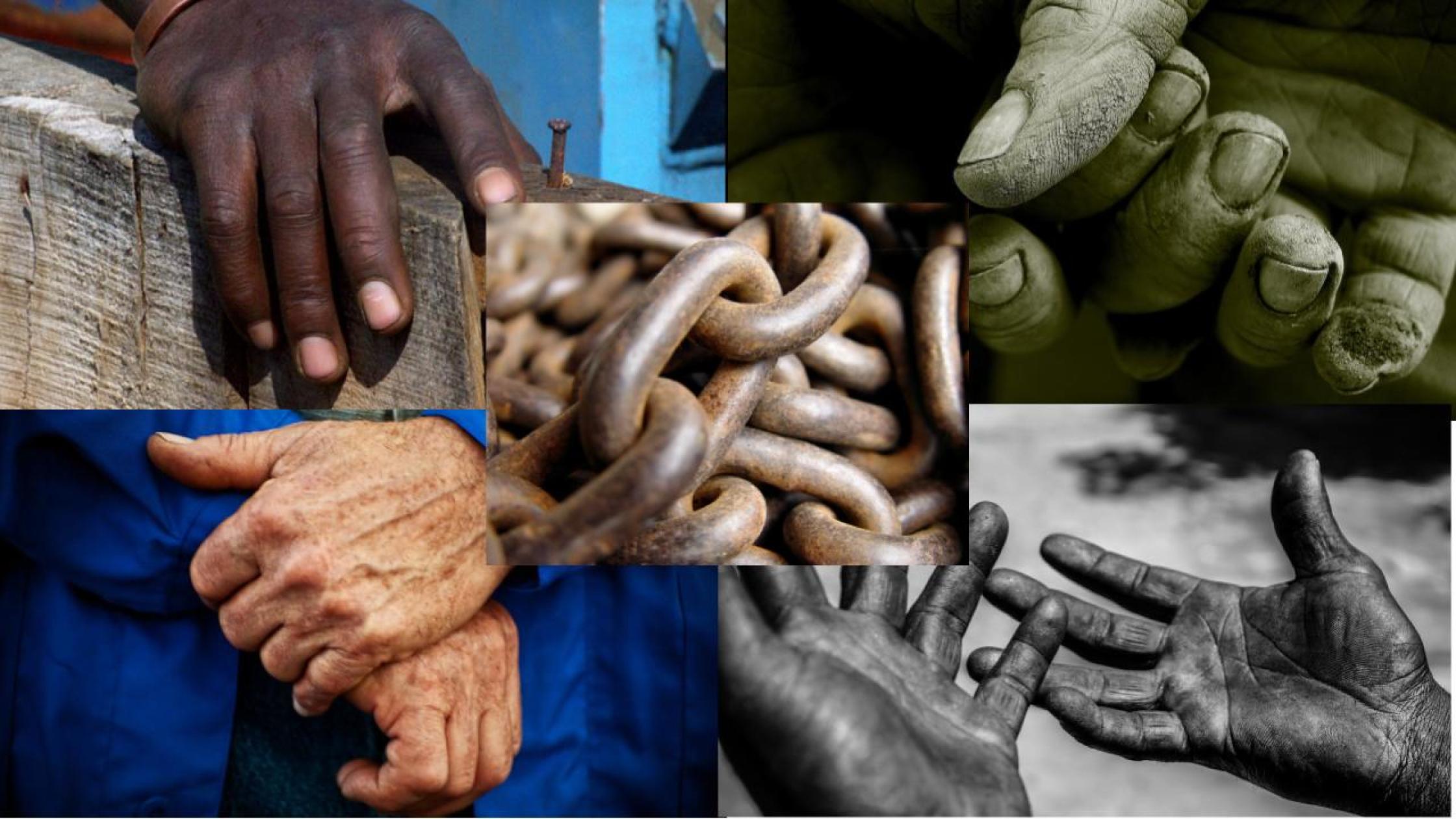Commemorating the International Day for the Remembrance of the Slave Trade and its Abolition on Wednesday, the head of the UN’s education, science and culture agency UNESCO, emphasized the urgent need to end exploitation. “It is time to abolish human exploitation once and for all, and to recognize the equal and unconditional dignity of each and every individual,” said Audrey Azoulay, Director General of UNESCO.
“Today, let us remember the victims and freedom fighters of the past so that they may inspire future generations to build just societies.” The night of 22 to 23 August was a turning point in history, marking the start of an uprising in Saint Domingue – now Haiti – in 1791, that played a pivotal role in ending the transatlantic slave trade.
It is against this background that the International Day for the Remembrance of the Slave Trade and its Abolition is commemorated annually on 23 August. The Day is intended to inscribe the horrors of the slave trade into collective memory, encourage reflection, and offer an opportunity to examine the complex interactions that unfolded between Africa, Europe, the Americas, and the Caribbean as a result of human slavery.
The Routes of Enslaved Peoples
Through an intercultural project The Routes of Enslaved Peoples, UNESCO has advanced our understanding of the trade, and developed high-level scientific networks and initiatives on the theme of slavery, its abolition and the resistance it generated.
Since its launch in 1994, the project has also played a major role in breaking the silence surrounding the history of slavery and the way it has shaped the modern world. Among its major objectives, it contributes to “de-racialising” society’s vision and “decolonizing” how it is viewed, by dispelling narratives based on the concept of race that justified these systems of exploitation.
It also promotes the contributions of people of African descent to the general progress of humanity and questions the social, cultural and economic inequalities that are legacies of the slave trade.
Ark of Return
The memories of millions of victims of the trade, who suffered unspeakable injustice, as well as the abolitionists and unsung heroes who rose up to end the oppressive practice, is permanently enshrined at the United Nations Headquarters, in New York, in the form of a monument named the Ark of Return.
The monument’s name was inspired by maps of the triangular slave trade and by the story of a slave castle on Gorée Island in Senegal, where slaves were held in captivity before being shipped away. A door at the castle was known ominously as the “door of no return.”
In a 2015 interview with UN News, the monument’s architect, Rodney Leon, an American of Haitian descent, explained the reason behind the name. “We felt it would be a good counterpoint to establish a spiritual space of return, an ‘Ark of Return,’ a vessel where we can begin to create a counter-narrative and undo some of that experience,” he said.
Source: U.N News


